A New Year:
- Monetary Policy – a Federal Reserve reduction in rate hike pace coming to a full stop.
- Economic Conditions – remain resilient. Does the FED like this? Does the economy hit stall-speed? Inflation declining.
- Markets – bonds stabilizing, equities following bonds behavior…and sheepishly starts ignoring the FED.
The Federal Reserve “FED” mandate is full employment and price stability. During the pandemic, to sustain the US economy, the FED dropped interest rates off a cliff and in turn a massive infusion of dollars (fuel) into the US economy. This, in conjunction with, congressional fiscal policy (fuel) who mailed checks to those in need (and of course, to many not in need). All this liquidity/money “fueled” conditions for rising prices (inflation). Yet, during 2021 the FED maintained a policy and narrative that inflation (rising prices for goods/services) was transitory (temporary) and would organically subside due to economic conditions in the US improving as business re-opened. Conditions did improve but not before CPI (consumer price index) hit a 40-year high in June 2022 (+9.1%). FED response? They broke out the Paul Volcker Hitchhikers Inflation Fighting Guide and raised interest rates at the fastest pace in the history of the FED. Increasing rates is the tool the FED uses to slow inflation. Volcker was the FED Chairman who is credited with extinguishing the high inflation of the ‘70s- ‘80s. The result was a ‘22 that saw stocks & bond prices simultaneously deflate (highly unusual). Stocks & Bonds both falling in tandem has only happened a handful of times in history (1931, ’69, ’41 and last year).
For some historical perspective, it’s public record that, at this moment in 2022, FED members were barely hinting at the need to change (increase) the interest rates to curtail inflation. In fact, this time last year, there were only 2 FED members who remotely suggested that during ‘22 that FED Fund rate would need to rise to 1% from the, then current level of 0.125% (aka 0%!). As FED members read the Volcker playbook (and as data unfolded), they decided that inflation was not temporary, and they presently have the FED Funds rate at 4.375% (a blistering hike pace). How much does the FED really know? Apparently not that much. To go from 0% interest rates to up 400%+ from not even thinking about raising rates; is all you need to know. The FED policy decision process has been extensively criticized for utilizing 12-month aged inflation data as part of their policy making process. This aged data delayed their rate policy from starting earlier (in ’21) and subsequently they didn’t even start to raise until March of ’22. Current market wisdom suggests that the FED should be utilizing the data for CPI/PPI (and other economic metrics) based on the past 3 months, as it’s more reflective of current economic conditions. The FED publicly disagrees as they are stuck in their dogmatic process. However, behind closed doors, there seem to be hints that they are changing their thinking (slowly…which is the type of thinking that landed us in the environment we experienced for ’22).
Facts:
- Fed Funds Rates started 2022 at 0.125% and today they are at 4.375% (rate hikes mechanics should bring down inflation). Markets hated this.
- CPI started 2022 at 7.5% and escalated (inflation) to a 40-year high in June to 9.1% (and hikes remained on the rise). However, inflation has fallen for 6 consecutive months to 6.5% December (falling fast). The current inflation rate is LOWER than what CPI was at the time when the FED was barely considering raising rates. Markets like this significant decline. The FED publicly won’t place any emphasis on this fact; but behind doors it’s an indisputable fact.
- The FED has stated that they intend to raise rates again in February by another 25 basis points. Really?
The FED feels that the inflation monster is going to somehow come back to life even after all their military mite (rate hikes) have reduced the monster (inflation) to dust. Guys…you can stop shooting; you are just wasting ammo. In fact, they could have stopped with the last 75 bp hike in November. How can I say this? I know full well that the FED is the referee & commissioner; they have the right to stop and start the game, talk on a loudspeaker, make up new rules on the fly and move the goal posts at will. But at some point, perhaps now, the players, the actual market participants, institutional traders/hedgers, and the actual market prices of goods, services, and commodities land at their natural level DESPITE the FED policy.
Here is what those natural prices are saying right now in the Treasury Bond Market. At the start of 2022 the 10-year Treasury Bond was yielding 1.63% (higher than the 0.125% Fed Fund rate at the same time). The market was suggesting that rates would need to increase (but not to the FED’s excessive height). Then mid-year the 10-year Bond was yielding 2.95% (higher than the 1.62% Fed Fund rate at the same time). In both these cases the Treasury Bond yield (what the market itself took those rates up to) was higher for about 11 months and then it flipped. What flipped? The 10-Year Treasury Bond is now at 3.50% and the 2-Yr Treasury at 4.22% are BOTH (lower than the current 4.375% Fed Fund rate). The market was ahead (higher rates) when the FED was asleep and now the market is ahead once again with market rates lower than the FED. Yet the FED continues with their rhetoric and suggest they will take their rate up to 5%. If what I just said doesn’t make the point, just know that the actual markets do NOT believe the FED any longer. The markets feel inflation has been eradicated and the FED is giving the current data little weight in their decisions (publicly). For this reason, actual Treasury Bond yields have been falling and stocks have turned upwards in response to these lower Treasury interest rates.
Over time, the FED has evolved in many regards by creating tools to achieve their objectives, but in others it has remained staunchly inflexible. Once upon a time (up thru the Alan Greenspan FED Chairmanship), there was little to no discernible verbal nor written communication that one could listen to and draw any conclusion about what was communicated. Then the FED public persona changed under the FED Chairmanship of Dr. Ben Bernanke. He changed the communication verbally and permitted other FED members to openly lecture and express their views publicly. Seems like it should be a favorable development; I’m not convinced it is and I won’t explain here. Today, the FED Open-Mic-Nite behavior has been on full display during 2022 and it’s been used as an overt form of driving FED Policy into the financial markets. This Stand-Up Routine reached a crescendo in 2022 when FED Chair Powell completely derailed the financial markets’ summer rally. The financial markets rallied up into the FED annual Jackson Hole summer summit. Markets rallied based on conclusions that as the June CPI data reached a 40-year high, peaked and began its decline (great for markets) into the FED August statements at the FEDs annual retreat to Jackson Hole. After all, the FED (so they say) is data dependent and the inflation data printed exactly what the FED wanted to see. It was the markets’ expectation that the FED Chair’s Jackson Hole monologue would be calming and reassuring to markets and citizens because inflation was falling (and that their policy was working). GONG, TRAP DOOR OPENS, BUCKET OF WATER DROPS, BUZZER GAME OVER. FED Chair Powell dropped an atomic bomb on the markets (and US citizens) and stated 5 times that there would be PAIN for people and the economy as interest rates would remain high and continue to rise. Markets tumbled into year-end as market participants came to the recognition that the FED is like that dual powered referee-commissioner I described earlier. Powell’s rhetoric effectively took away the market compass and rates whipped around indiscriminately and took stock prices with them. It is what it is; but it’s certainly not leadership and it created severe dislocation in markets.
Another job of the FED is Full-Employment. The notion of “Full-Employment” is statistically impossible and the FED also can’t hire people. So, the FED really can’t accomplish full employment. But they can create financial conditions (via interest rate policy…. theoretically) to stimulate economic activity to cause economic expansion (demand for goods and services) and thus the need for hiring more people (those needed to deliver and manufacture those goods and services).
Facts: US Unemployment Rate
- April 2020 14.7% (pandemic peak)
- Current 3.5% (aka MISSION ACCOMPLISHED)
- As odd as this may seem, the FED will like it if this “unemployment” rate increases. No, they will not admit this. They will surmise that their rate hikes have forced financing costs up and consumer discretionary income (to buy stuff) down and this results in “layoffs.” It’s a peculiar indication that the FED will feel their strategy to fight inflation is working. The thing is, there are still about 1.6 jobs open for any one person looking for a job. That 1.6 figure will fall as layoffs happen (and they will) but the need for workers remains strong. Good for workers, confusing for Fed.
- But wait…. businesses that “over-hired” during 2022 will now use this opportunity, with a backdrop of recession looming, to reduce their headcount. For some of these business’ it’s legitimate that they cut back staff due to a lack of need. For others (i.e., banking & technology) they use this window to reduce worker population, cut wages and get back to “lean,” and improve profitability. Bad for workers, liked by the FED, liked by markets.
Facts: CPI Inflation (what you hear about in the media)
- June 2022 9.1%
- Dec 2022 6.5%
- Fed Objective 2% for Core Inflation (not actually CPI). This rate is running BELOW 3% for CPI and PCE when you annualize the results of these over the past 3 months. Using the past 90 days of data is how the Markets (not the FED) interprets what the direction and level of inflation is. MISSION is not yet accomplished (in eyes of FED); but there is a momentum to the trend/direction and for this reason the Markets feel the MISSION is ACCOMPLISHED. This is evidenced by the 2-Yr and the 10-Yr Treasury rates being lower than FED funds rates noted above.
What does all this mean for 2023?
- Market Sentiment. Shifting from doom & gloom to stability. The notion of a slowing economy and a possible recession are becoming clear. Markets feel if there is a recession it will be short and shallow. Markets like this and appear (thus far) to be ignoring the scary talk by the FED over the past 2 weeks.
- After a down market year for stocks and bonds in ’22; it’s a statistical and historical reality that the odds of a repeat are highly improbable.
2023 is off to a good start and the trend is shifting for the positive for both Stocks & Bonds. YTD: US Aggregate Bond Index is +3.20% YTD and S&P 500 +4.70%
Glen Viditz-Ward
704-843-5459
Viditz-Ward Financial Services, Inc
ChFC, AIF, CFS, CLU, CASL, RICP, CAS
Registered Representative, Securities offered through Cambridge Investment Research, Inc., a Broker/Dealer Member FINRA/SIPC. Investment Advisor Representative Cambridge Investment Research Advisors, Inc.. a Registered Investment Advisor. Viditz-Ward Financial Services, Inc. & Cambridge are not affiliated.

